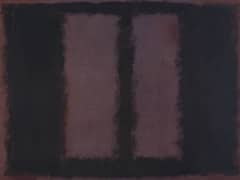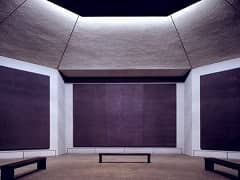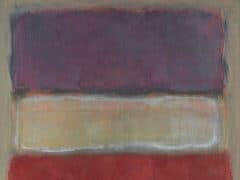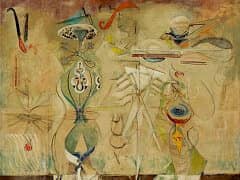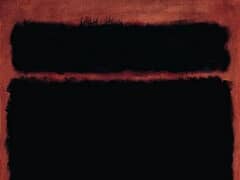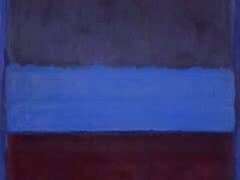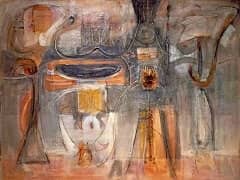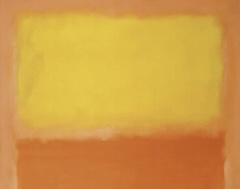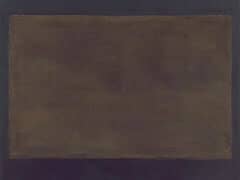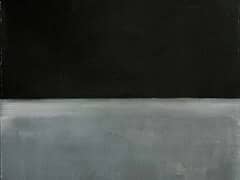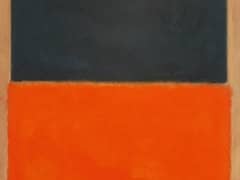Entrance to Subway, (1937) by Mark Rothko

Using walls, doors and other architectural elements as color fields, space is created through a simplified style compressed to an almost planar picture surface that only occasionally opens on a deeper perspective. Usually isolated or in couples, his figures occupy cleanly delimited spaces, so that they seem to be locked up, imprisoned. If Rothko's urban settings are usually vague, the subway clearly interests him for its unmistakable experience. The Entrance to Subway paintings aim to encompass the whole loneliness and isolation of modern urban life.
The true themes of the subway paintings are his own story, the story of an immigrant outsider; his melancholy, his tendency to depression, how he deals with his own fate. In the ghost-like paintings, the subway becomes a place of alienation, of homelessness in the sense defined by Baudelaire. The underground space becomes a metaphoric space of the "underworld," a theme continued in his surrealist and mysterious visual architectures of the mid-i940s.


